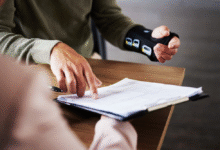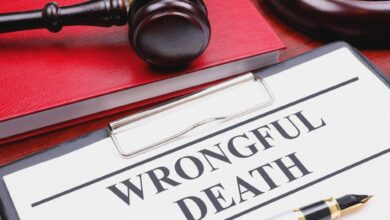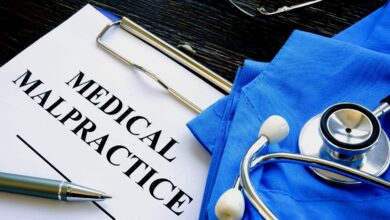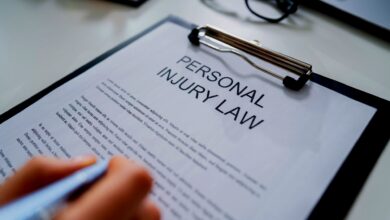Who’s at Fault in a Motor Vehicle Accident? A Brief Guide

Has someone recently slammed into you while driving? Or worse, has someone rear-ended you because they weren’t paying attention?
While driving can be entertaining and exciting, it can also come with some dangers nobody expects. For example, the National Safety Council discovered that 20% of all traffic accidents occur due to distracted driving.
Of course, the actual toll of distracted driving has yet to be quantified. The good news is that once you understand how a motor vehicle accident works, you’ll be able to prevent them from happening. The question is, who’s always responsible for a car accident?
Read this guide to learn more about the ins and outs of car accidents so you can keep yourself protected.
Read More: What To Do After a Car Accident: A Comprehensive Guide
Ins and Outs of a Motor Vehicle Accident
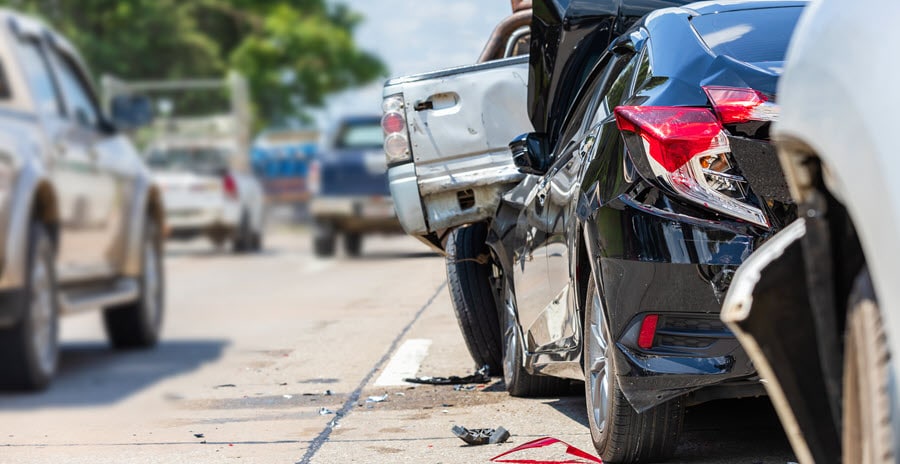
Driver Negligence
Driver negligence is one of the most common causes of motor vehicle accidents. It can encompass a wide range of actions or behaviors. Distracted driving, such as texting or eating while driving, is a form of negligence. Speeding or driving under the influence of drugs or alcohol also significantly contributes to accidents.
When a driver’s negligence causes a motor vehicle crash, they may be held liable for any damages or injuries. To determine negligence, an investigation into the actions of the driver leading up to the accident may be conducted. Check out eltlaw.com for assistance on this matter.
It is crucial to hold negligent drivers accountable to prevent future accidents. It is to ensure that victims receive the compensation they deserve.
Vehicle Malfunction
This could happen due to poor maintenance or repairs. A flaw in the vehicle’s construction or design, or both, can cause this.
The manufacturer or the mechanic who performed the repair may be responsible if a failure results in a car crash. In these situations, determining fault in a vehicle accident may include looking into the vehicle’s maintenance history. It might also include doing a technical study of any flaws or faults.
Road Conditions
Poor road conditions can also contribute to motor vehicle accidents. This can include potholes, uneven pavement, inadequate lighting, and other hazards. In cases where the government agency responsible for maintaining the road has been negligent in its duties, it may be held liable for any resulting accidents or injuries.
Determining fault in a car accident may need an investigation into the maintenance history of the road. It might also need an analysis of any relevant traffic and accident data.
Read More: 3 Common Defenses in Car Accident Claims
Pedestrian or Cyclist Negligence
Pedestrian or cyclist negligence can also contribute to motor vehicle accidents. This may include crossing the street without looking, jaywalking, or ignoring traffic signals. In cases where a pedestrian or cyclist’s negligence leads to an accident, they may be liable for any resulting damages or injuries.
Drivers are still responsible for exercising caution and avoiding collisions with pedestrians or cyclists. Determining fault in these cases may require an investigation into witness statements. It might also need other available evidence to determine the actions of all parties involved.
Determine Who’s at Fault in a Motor Vehicle Accident
Ultimately, who is at fault for a car accident depends on the case’s circumstances and facts. Determining fault is a complex legal process best left to courts and experienced attorneys. If you have been in a motor vehicle accident, consult an experienced car accident attorney immediately.
They can help you understand who is at fault and get the compensation you are entitled to.
Was this information helpful? If so, please keep reading for more informative content!
